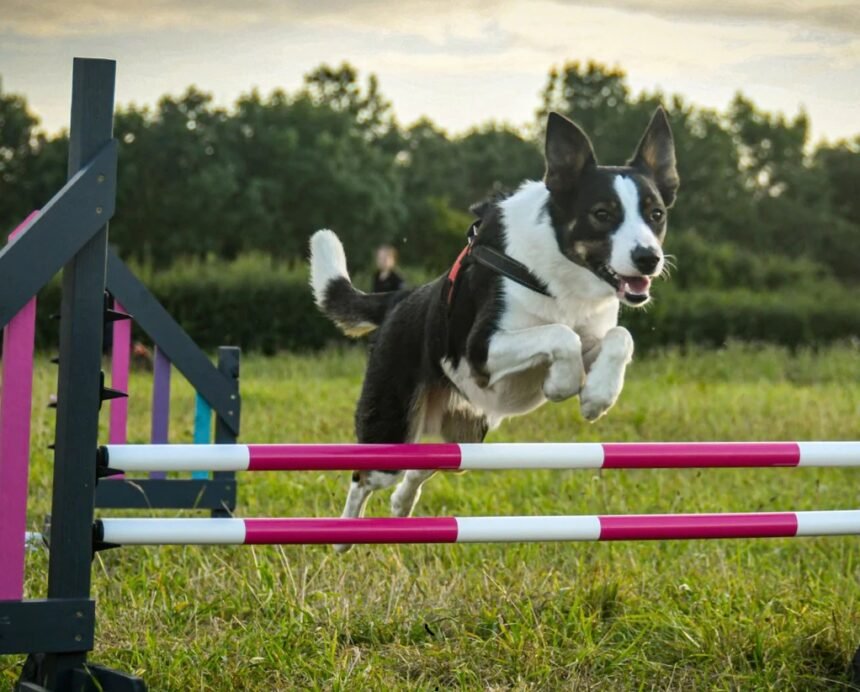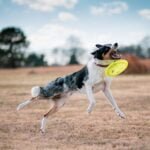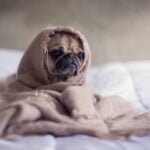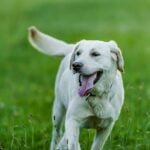Contents
Agility Training for Senior Dogs: Adapting the Journey
Agility training isn’t limited to young, energetic dogs. In this section, we’ll explore how to adapt agility training for senior dogs, ensuring their safety, enjoyment, and continued physical and mental stimulation.
Assessing Senior Dog Fitness
- Veterinary Check-Up: Before starting or continuing agility training with a senior dog, consult your veterinarian for a thorough check-up. Address any age-related health concerns or conditions.
- Physical Condition: Assess your senior dog’s physical condition. Look for signs of stiffness, joint pain, or mobility issues that may affect their agility training.
- Exercise Tolerance: Understand your senior dog’s exercise tolerance. While they may not have the same endurance as in their youth, they can still enjoy agility at a pace suitable for their age.
Adapting Agility Training
- Lower Impact Obstacles: Consider using lower impact agility equipment. For example, use lower jumps or modified obstacles that are easier on your senior dog’s joints.
- Slower Paced Sessions: Slow down the pace of training sessions. Give your senior dog plenty of time to rest between runs and reduce the intensity of exercises.
- Shorter Sessions: Keep training sessions shorter and more focused to prevent physical and mental fatigue. Multiple shorter sessions throughout the day may be more suitable.
- Gentle Warm-Up: Implement a gentle warm-up routine before agility training to prepare your senior dog’s muscles and joints for exercise.
Safety and Comfort
- Safety Gear: Consider using protective gear like paw boots or joint support wraps to provide added comfort and support for your senior dog.
- Soft Landing: Ensure that landing areas for jumps and contact zones are cushioned to minimize impact on joints.
- Watch for Signs of Discomfort: Pay close attention to your senior dog’s body language during training. If they show signs of discomfort or pain, stop the session immediately.
Mental Stimulation
- Mental Exercises: Agility training offers valuable mental stimulation for senior dogs. Engage their minds with problem-solving exercises and new challenges.
- Adapted Commands: Adjust agility commands to accommodate your senior dog’s mobility and physical capabilities while maintaining a positive and encouraging tone.
Enjoyment and Bonding
- Positive Experience: Ensure that agility training remains a positive and enjoyable experience for your senior dog. Celebrate their achievements and offer praise.
- Bonding Time: Use agility training as an opportunity to strengthen your bond with your senior dog. Focus on the joy of working together as a team.
Regular Health Checks
- Regular Monitoring: Continue to monitor your senior dog’s health and well-being closely. Be prepared to make adjustments to their training program as needed.
- Reevaluation: Periodically reevaluate your senior dog’s agility training regimen with your veterinarian to ensure it aligns with their changing needs.
Agility training can be a rewarding and enriching activity for senior dogs when adapted to their abilities and needs. By taking a thoughtful and considerate approach, you can provide your senior dog with mental and physical stimulation, maintain their quality of life, and continue to enjoy the agility journey together.







